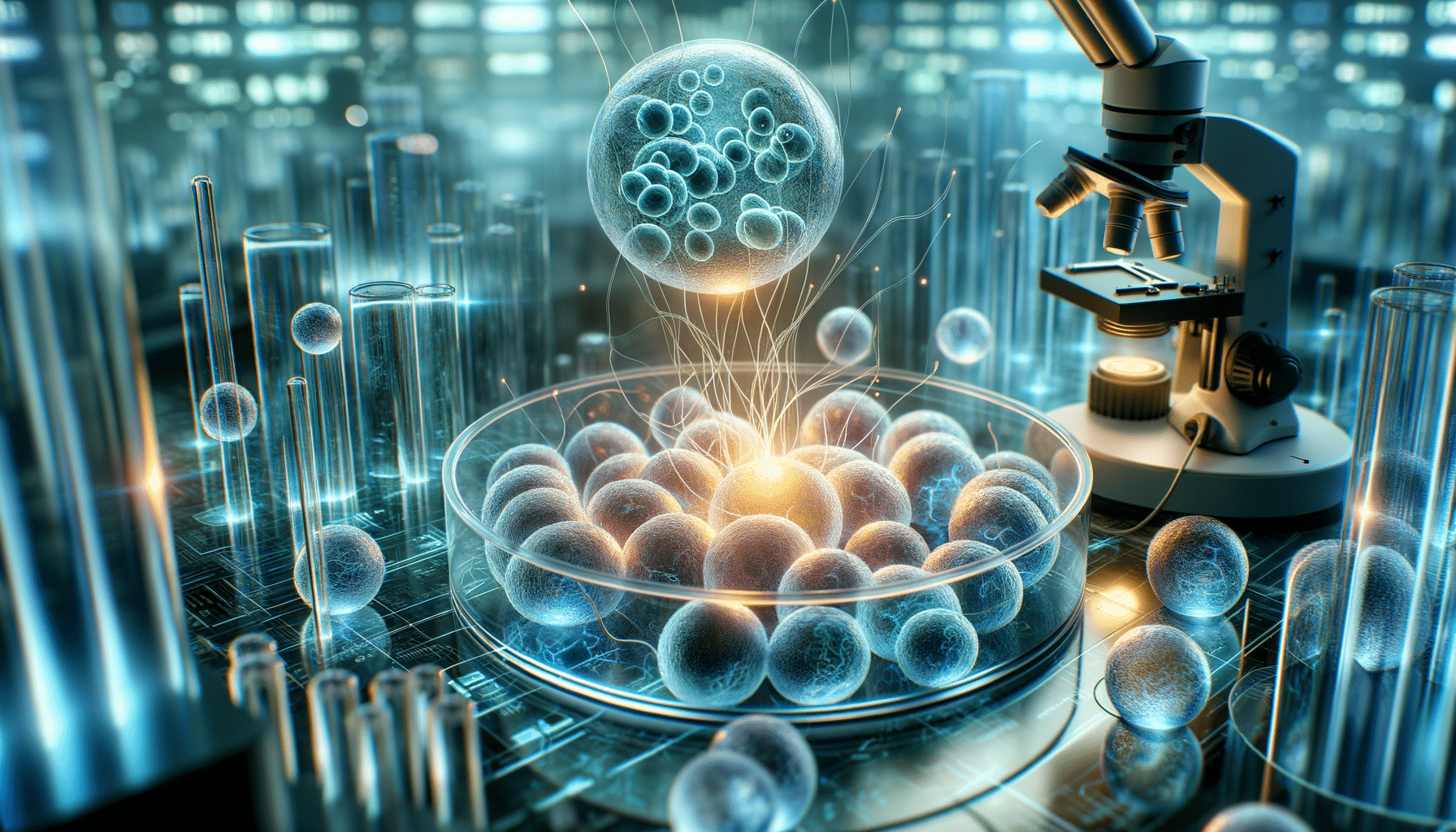
Introduction to Stem Cell Therapy
Stem cell therapy represents a groundbreaking frontier in modern medicine, offering the potential to treat a myriad of diseases and injuries. As the building blocks of life, stem cells have the unique ability to develop into various cell types, making them invaluable in regenerative medicine. This article delves into the future of stem cell therapy, exploring its potential, current applications, and the challenges it faces.
The Science Behind Stem Cells
At the heart of stem cell therapy lies the remarkable capability of these cells to differentiate into specialized cells. Stem cells can be categorized into embryonic stem cells, adult stem cells, and induced pluripotent stem cells (iPSCs). Each type has its distinct properties and potential applications. Embryonic stem cells, derived from early-stage embryos, can turn into any cell type, offering broad therapeutic possibilities. Adult stem cells, found in various tissues, primarily aid in repair and maintenance. Meanwhile, iPSCs are adult cells reprogrammed to an embryonic-like state, offering a versatile and ethically favorable option.
The science of stem cells is continually evolving, with researchers uncovering new ways to harness their potential. Breakthroughs in gene editing and tissue engineering are paving the way for more precise and effective treatments. With ongoing research, the understanding of how to control and direct stem cell differentiation is improving, bringing us closer to realizing their full therapeutic potential.
Current Applications and Success Stories
Stem cell therapy is already making significant strides in various medical fields. In hematology, stem cell transplants have become a standard treatment for certain blood cancers and disorders. Similarly, regenerative medicine is utilizing stem cells to repair damaged tissues, such as in cases of severe burns or cartilage injuries. The treatment of neurodegenerative diseases, like Parkinson’s and Alzheimer’s, is also showing promise through stem cell research, with studies focusing on replacing lost or damaged neurons.
Success stories abound, with patients experiencing remarkable recoveries and improved quality of life. For instance, stem cell therapy has enabled some individuals with spinal cord injuries to regain movement and sensation. These achievements highlight the transformative potential of stem cell therapy, inspiring further research and investment in this field.
Challenges and Ethical Considerations
Despite its promise, stem cell therapy faces several challenges. The complexity of stem cell biology presents hurdles in ensuring consistent and safe outcomes. Moreover, the risk of tumor formation and immune rejection remains a concern, necessitating rigorous clinical trials and safety protocols.
Ethical considerations also play a significant role in the advancement of stem cell therapy. The use of embryonic stem cells raises moral questions, leading to debates and regulatory challenges. However, advancements in iPSC technology offer a solution by providing a viable alternative without the ethical dilemmas associated with embryonic cells.
Addressing these challenges requires collaboration between scientists, ethicists, and policymakers to create a framework that fosters innovation while ensuring ethical integrity and patient safety.
The Future of Stem Cell Therapy
The future of stem cell therapy is bright, with numerous possibilities on the horizon. As research progresses, new applications and treatments are likely to emerge, potentially revolutionizing healthcare. Personalized medicine, where treatments are tailored to an individual’s genetic makeup, could become a reality with stem cell technology.
Furthermore, the integration of artificial intelligence and machine learning in stem cell research could accelerate discoveries, optimizing treatment protocols and improving patient outcomes. The collaboration between interdisciplinary fields will be crucial in driving innovation and overcoming existing limitations.
In conclusion, stem cell therapy holds immense promise for the future of medicine. By continuing to explore and understand the complexities of stem cells, we can unlock new treatments and cures, transforming lives and reshaping the medical landscape.